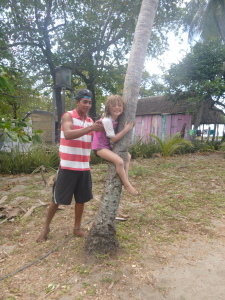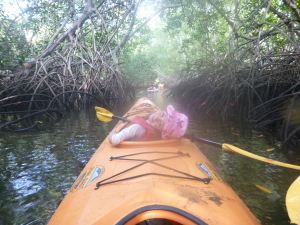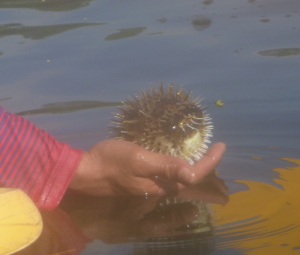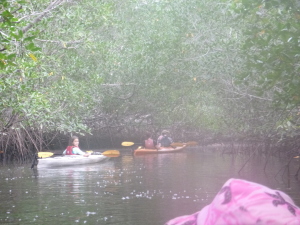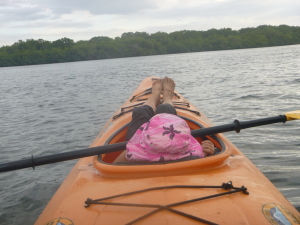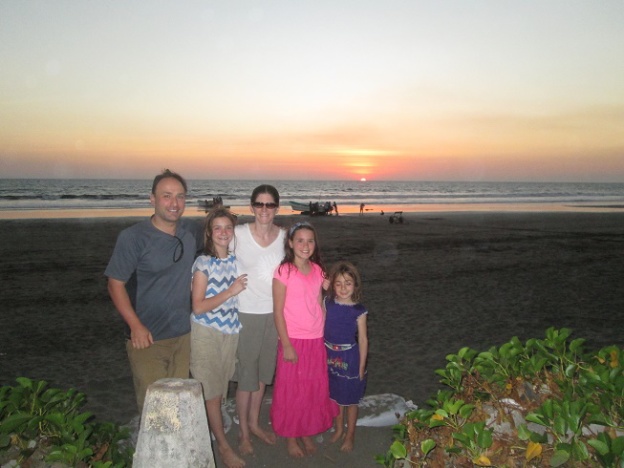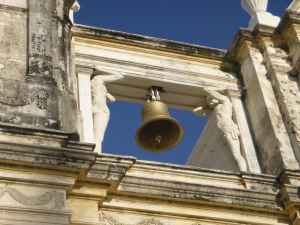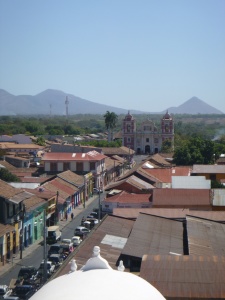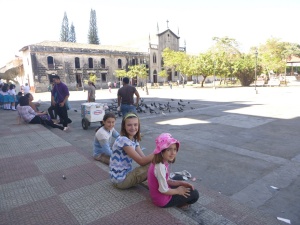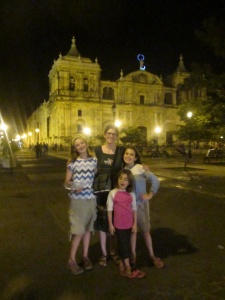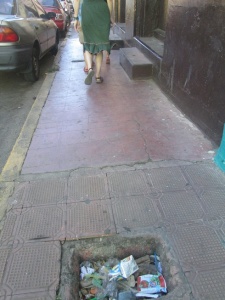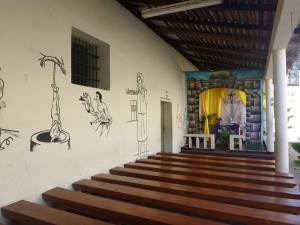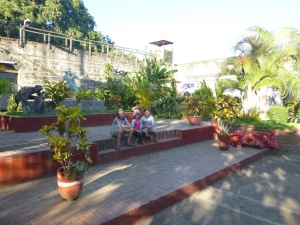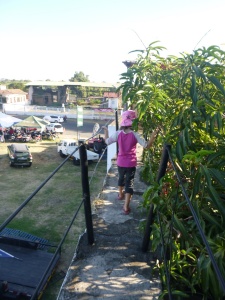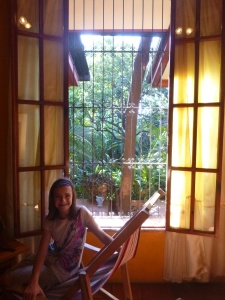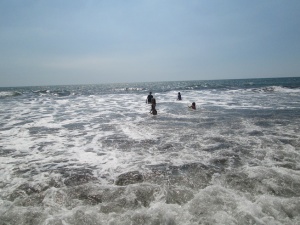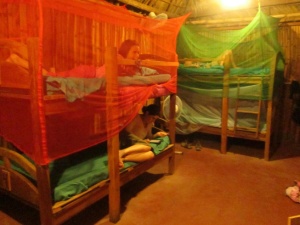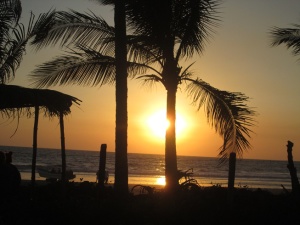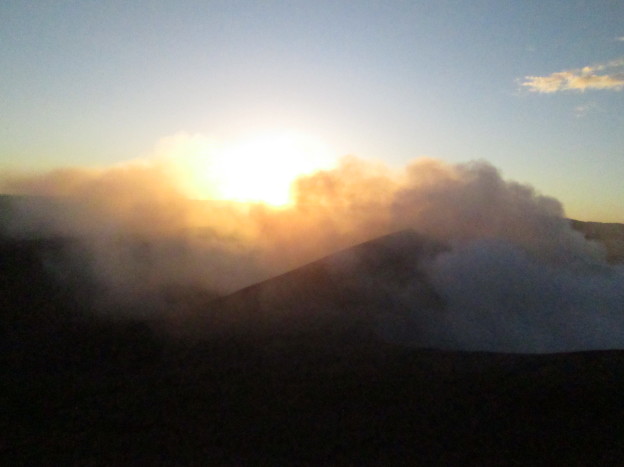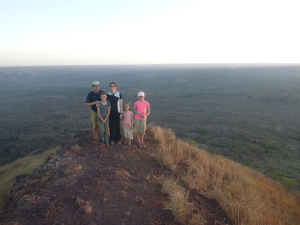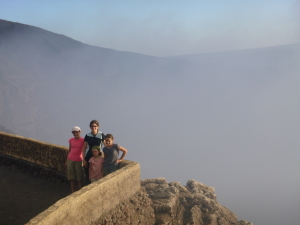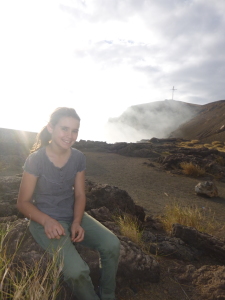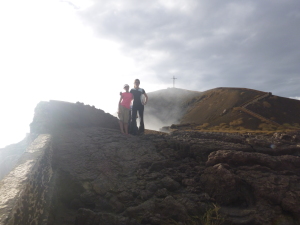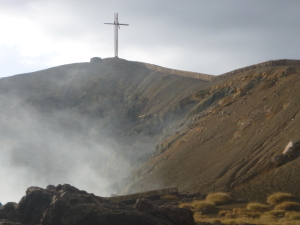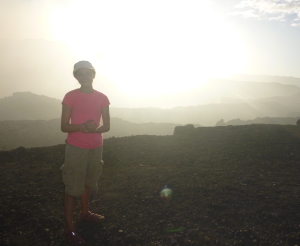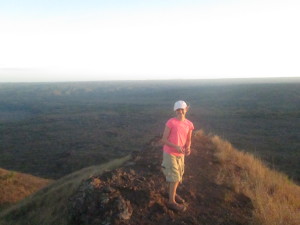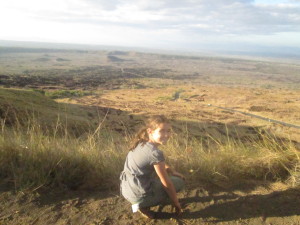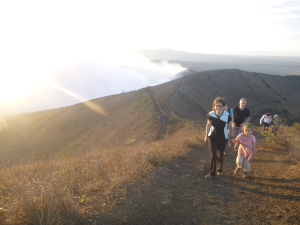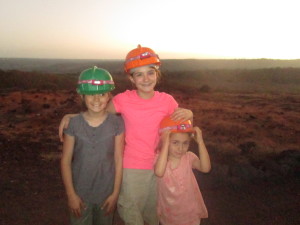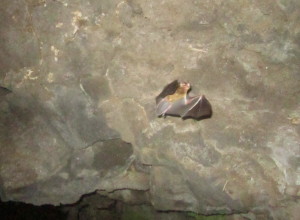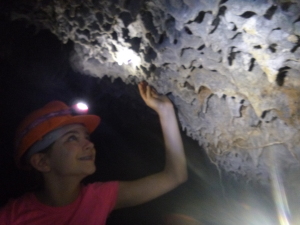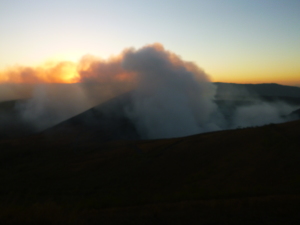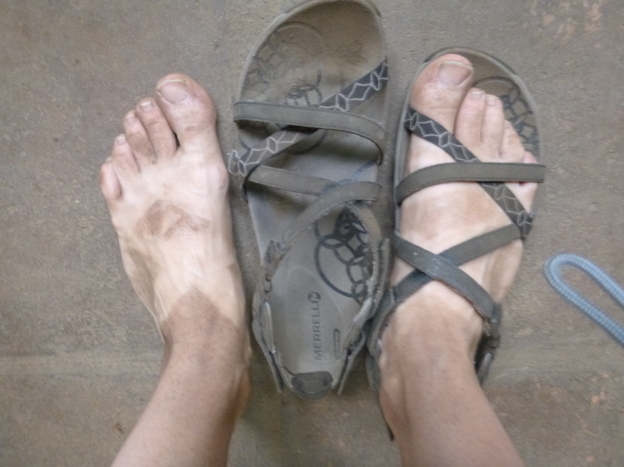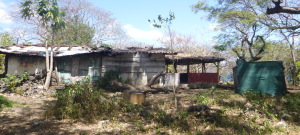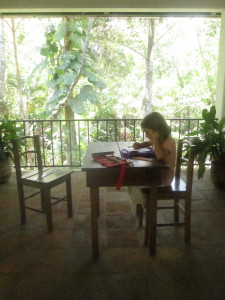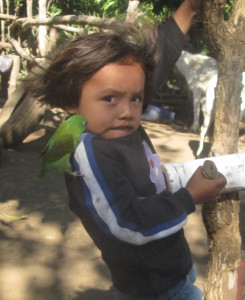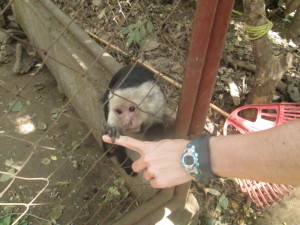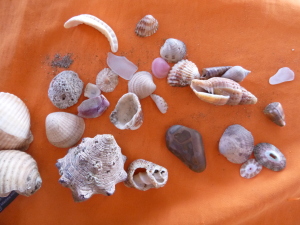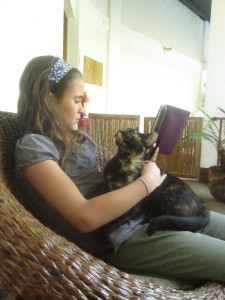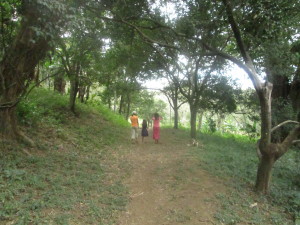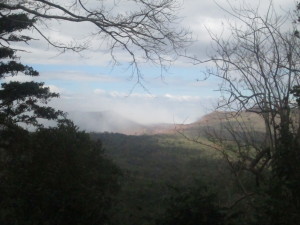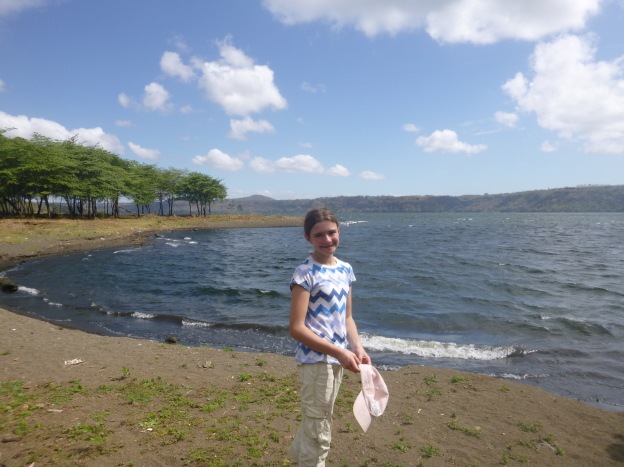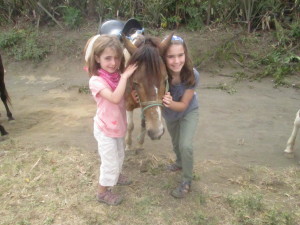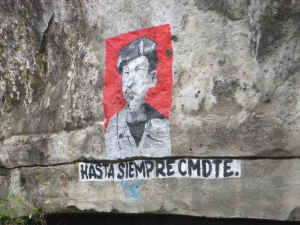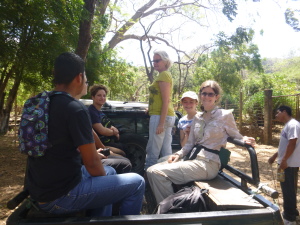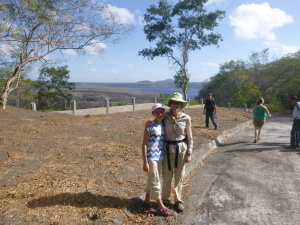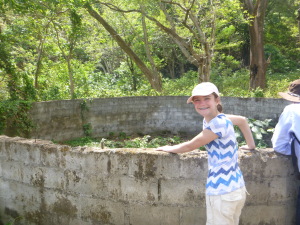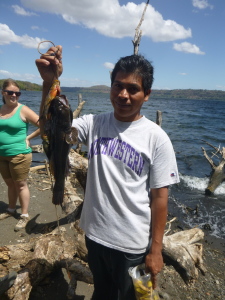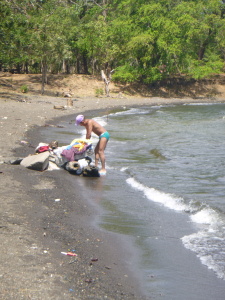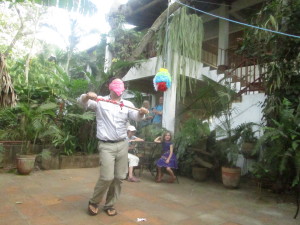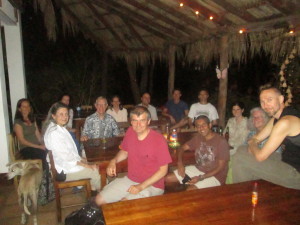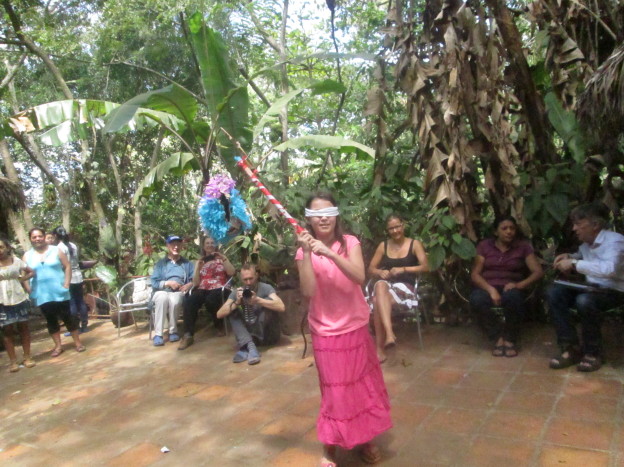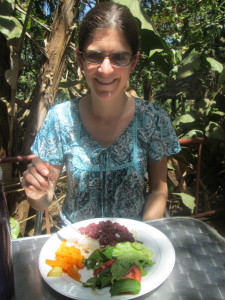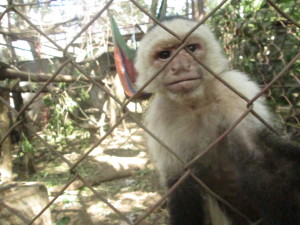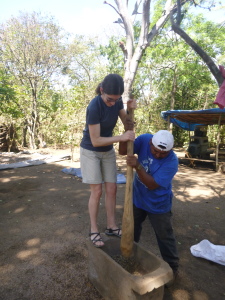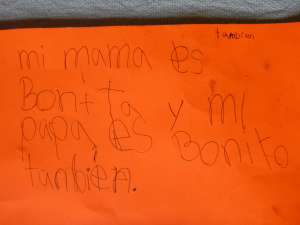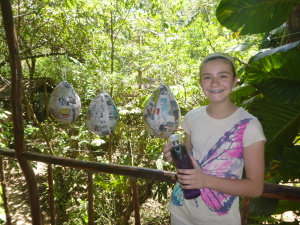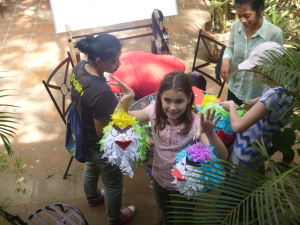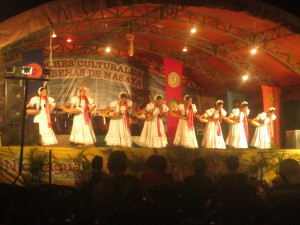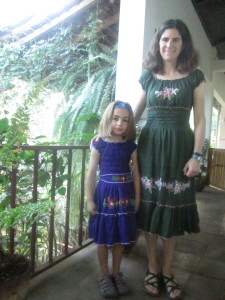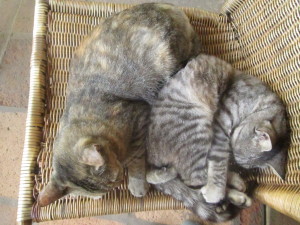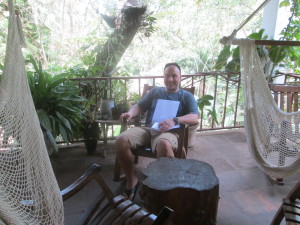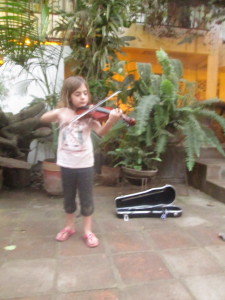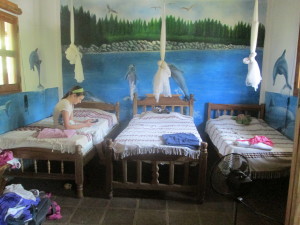Backpacker-type people will sniff about Granada being a town that caters to tourists. This is indisputably true — but I say, it’s not such a bad thing to be catered to once in a while.
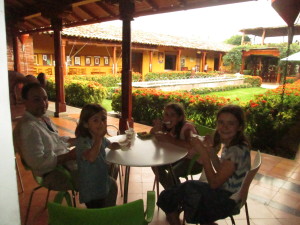 We already took a day trip to Granada when we were at La Mariposa. Though we enjoyed it, we weren’t necessarily planning a return trip — until we did some calculations and found that trying to get from the cloud forest of La Miraflor to our next destination of Ometepe Island would involve at least three buses, four taxis, and a ferry, which we weren’t Herculean enough to attempt in a single day. Luckily, Granada was in the middle, and a couple of days of city life, with all its attendant comforts, didn’t sound bad at all.
We already took a day trip to Granada when we were at La Mariposa. Though we enjoyed it, we weren’t necessarily planning a return trip — until we did some calculations and found that trying to get from the cloud forest of La Miraflor to our next destination of Ometepe Island would involve at least three buses, four taxis, and a ferry, which we weren’t Herculean enough to attempt in a single day. Luckily, Granada was in the middle, and a couple of days of city life, with all its attendant comforts, didn’t sound bad at all.
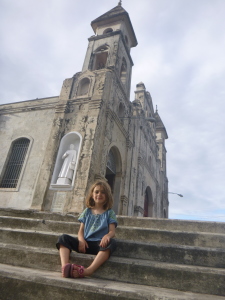 Granada is the perfect city for strolling, with its houses of every color, striking churches, and vibrant market. Our hotel was right around the corner from a cobblestone street that was closed to cars (although, inexplicably, one still rolled by every now and then) and lined with bars and restaurants with outdoor tables. As the lake breezes swept the heat of the day away, it was heavenly to sit outside with a mojito (2 for $2), listening to the roaming musicians and the Latin music drifting out of the bars.
Granada is the perfect city for strolling, with its houses of every color, striking churches, and vibrant market. Our hotel was right around the corner from a cobblestone street that was closed to cars (although, inexplicably, one still rolled by every now and then) and lined with bars and restaurants with outdoor tables. As the lake breezes swept the heat of the day away, it was heavenly to sit outside with a mojito (2 for $2), listening to the roaming musicians and the Latin music drifting out of the bars.
Of course, the other side of the tourist coin is the street vendors that approach every few seconds, looking to sell you sunglasses, cashews, hammocks, and jewelry. However, in almost all cases we find that they retreat immediately when we say, “No, gracias”, so they really aren’t so bad. (Sometimes they’re even convenient. One day the girls decided they wanted to buy sunglasses, and had them in hand about 5 minutes later. And once we ALL were wearing sunglasses, the sunglass vendors at any rate no longer approached.)
And there is still plenty of genuine Nicaragua around the edges. One day, looking to arm ourselves for a picnic, we headed into the huge street market, which takes up a couple of blocks with warrens of vendor stalls. (Bizarrely, there were seemingly hundreds of stalls all selling the same types of fruits and vegetables — I don’t know how they possibly survived.) There were booths with huge sacks full of beans and grains, being sold by weight (also dog food!) We successfully procured avocados, tomatoes, a lime, and a stack of homemade tortillas.
It was crowded and chaotic, but as with everywhere in Nicaragua pretty much everyone was polite and helpful to us. And with the exception of cab drivers, we haven’t found anyone who has tried to cheat us, despite our sometimes shaky grasp of exchange rates. (You can pay with dollars anywhere here, but you usually get your change in cordobas.) Yesterday we were walking through another section of the market on our way to the bus station, weaving through the crowds and stalls while wearing all our possessions on our backs, and someone started shouting, “Rivas? Rivas?” (This is the name of the town where we were headed by bus.) 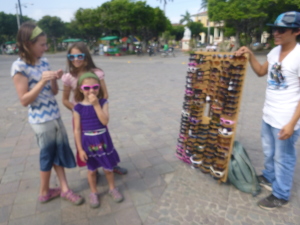 My instinct is to ignore things like this, assuming they either want to sell us something or somehow get our money, but luckily Bob has more faith in humanity. He said “yes” to the man, who then helpfully told us that we should take a left at the next corner since the bus station is hard to find. Not an experience I’ve ever had in an American city!
My instinct is to ignore things like this, assuming they either want to sell us something or somehow get our money, but luckily Bob has more faith in humanity. He said “yes” to the man, who then helpfully told us that we should take a left at the next corner since the bus station is hard to find. Not an experience I’ve ever had in an American city!
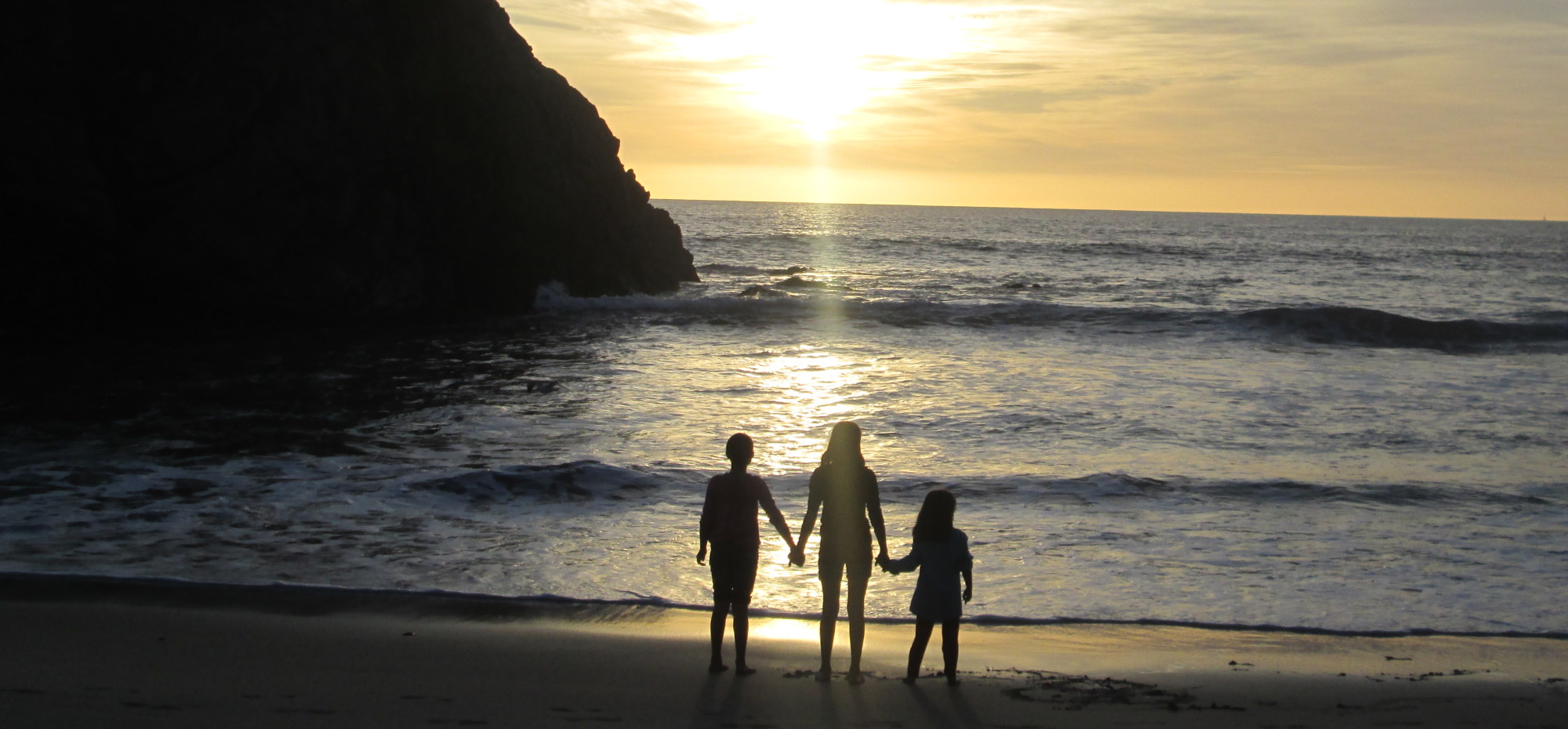
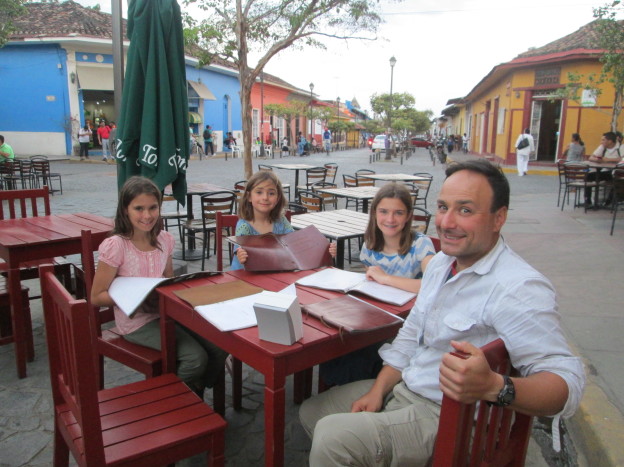
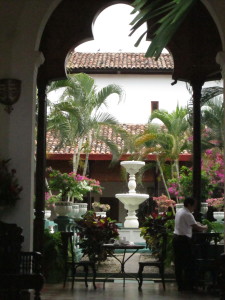
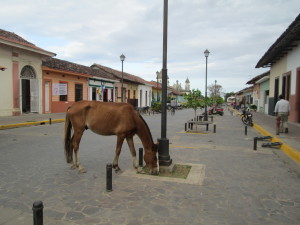
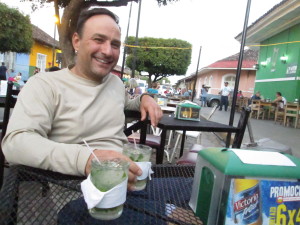
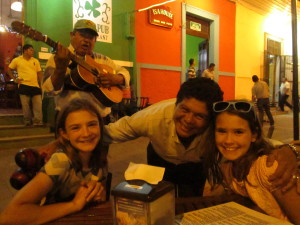
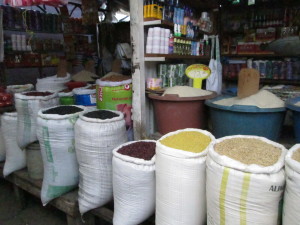
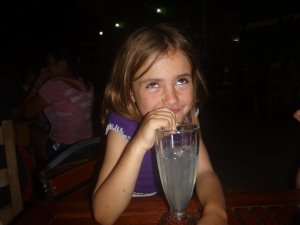
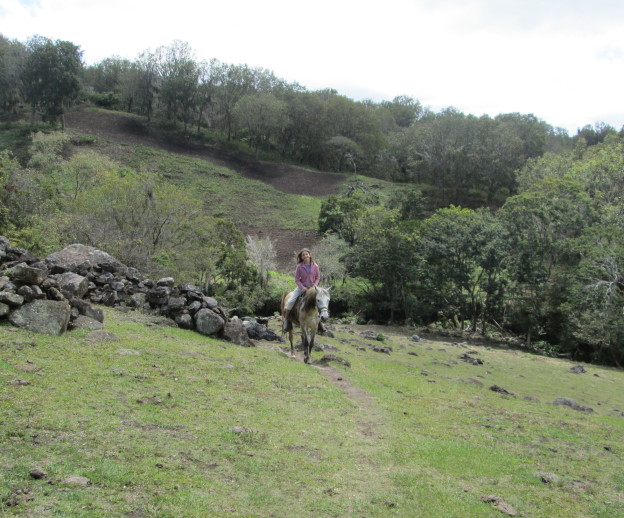
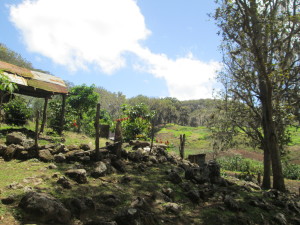
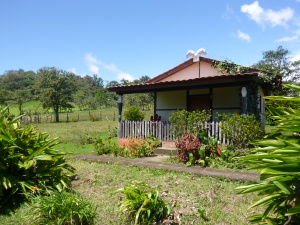
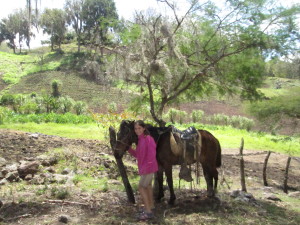
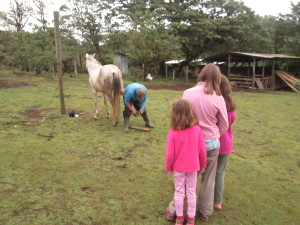
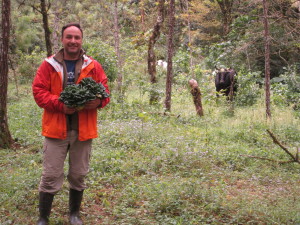
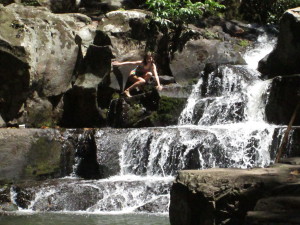 eventually to a lovely waterfall nestled into the woods. There is a very deep pool at the base of the falls for swimming — but alas, the water comes from mountain streams and is very cold. Only Zoe was brave enough to jump into the pool, and even she only did it once.
eventually to a lovely waterfall nestled into the woods. There is a very deep pool at the base of the falls for swimming — but alas, the water comes from mountain streams and is very cold. Only Zoe was brave enough to jump into the pool, and even she only did it once.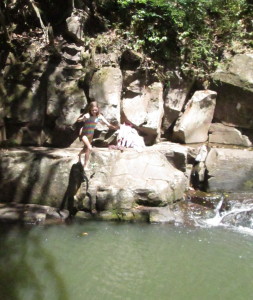
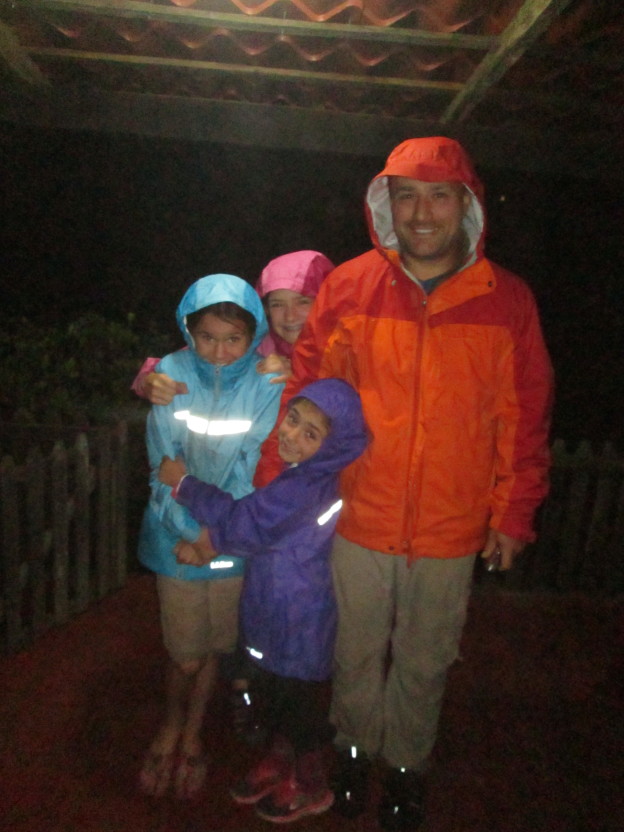
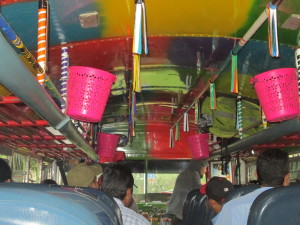
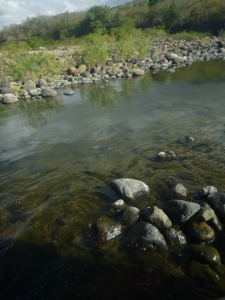
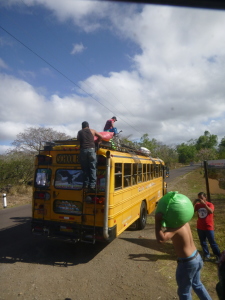
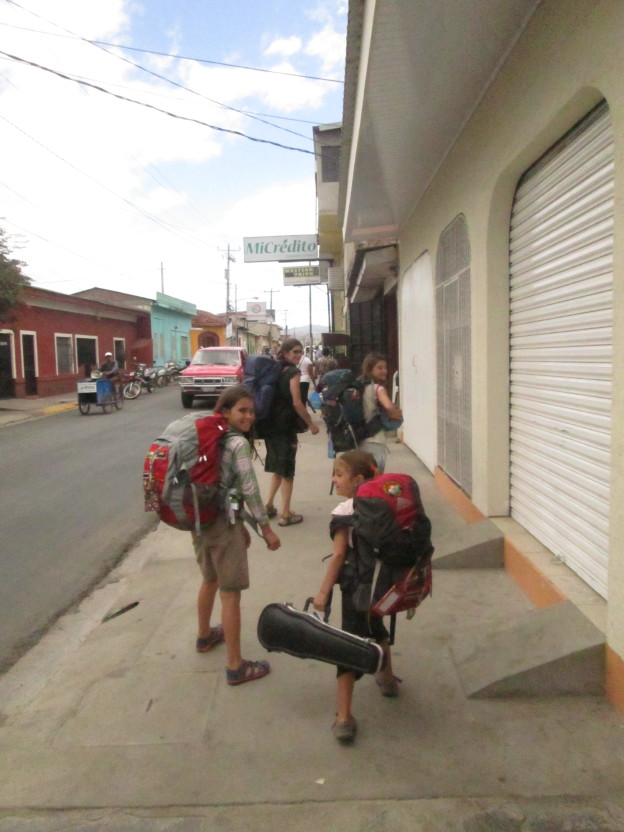
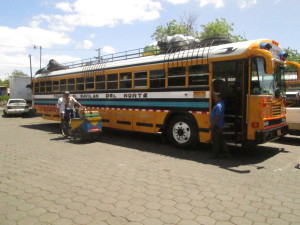 You tend to imagine, if you’re traveling through a foreign third-world country where you have no previous acquaintances, that you have a certain degree of anonymity. You could do anything and be anyone! However, if you’re traveling with your three children, you might want to think again.
You tend to imagine, if you’re traveling through a foreign third-world country where you have no previous acquaintances, that you have a certain degree of anonymity. You could do anything and be anyone! However, if you’re traveling with your three children, you might want to think again.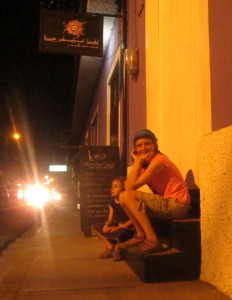
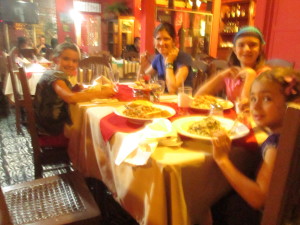
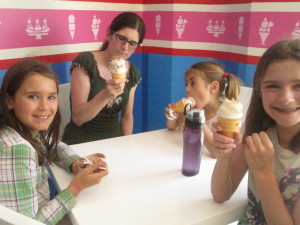
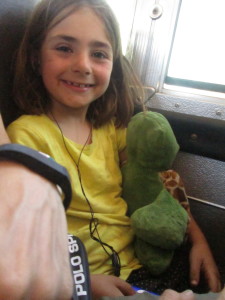
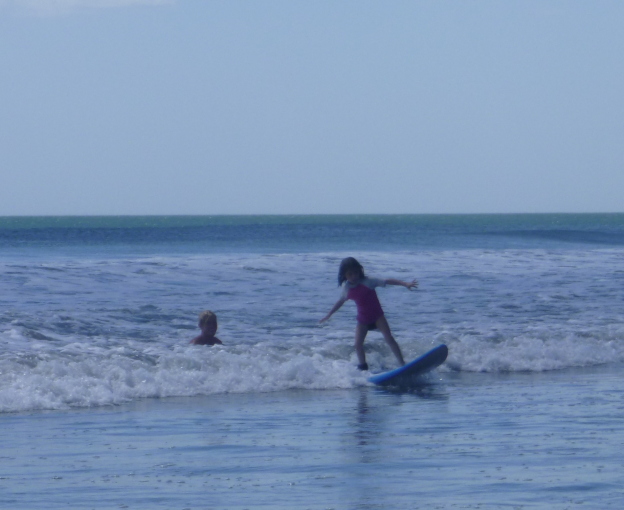
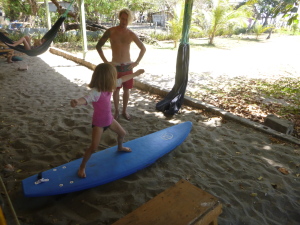
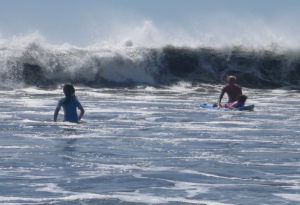
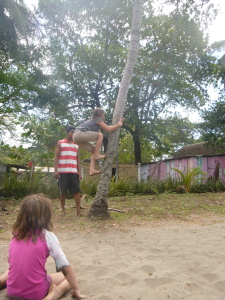
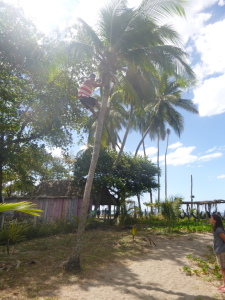 We also worked in a brief coconut tree climbing class. Brief because the girls gave up rather rapidly. Ross had warned us that the success rate was pretty much nil, but we told him not to count out Zoe. Turns out she wasn’t feeling well that afternoon, though, so she wasn’t in tiptop form. The teacher of the class made it look so easy, though. Our consolation prize was three fresh-picked (by him) coconuts.
We also worked in a brief coconut tree climbing class. Brief because the girls gave up rather rapidly. Ross had warned us that the success rate was pretty much nil, but we told him not to count out Zoe. Turns out she wasn’t feeling well that afternoon, though, so she wasn’t in tiptop form. The teacher of the class made it look so easy, though. Our consolation prize was three fresh-picked (by him) coconuts.